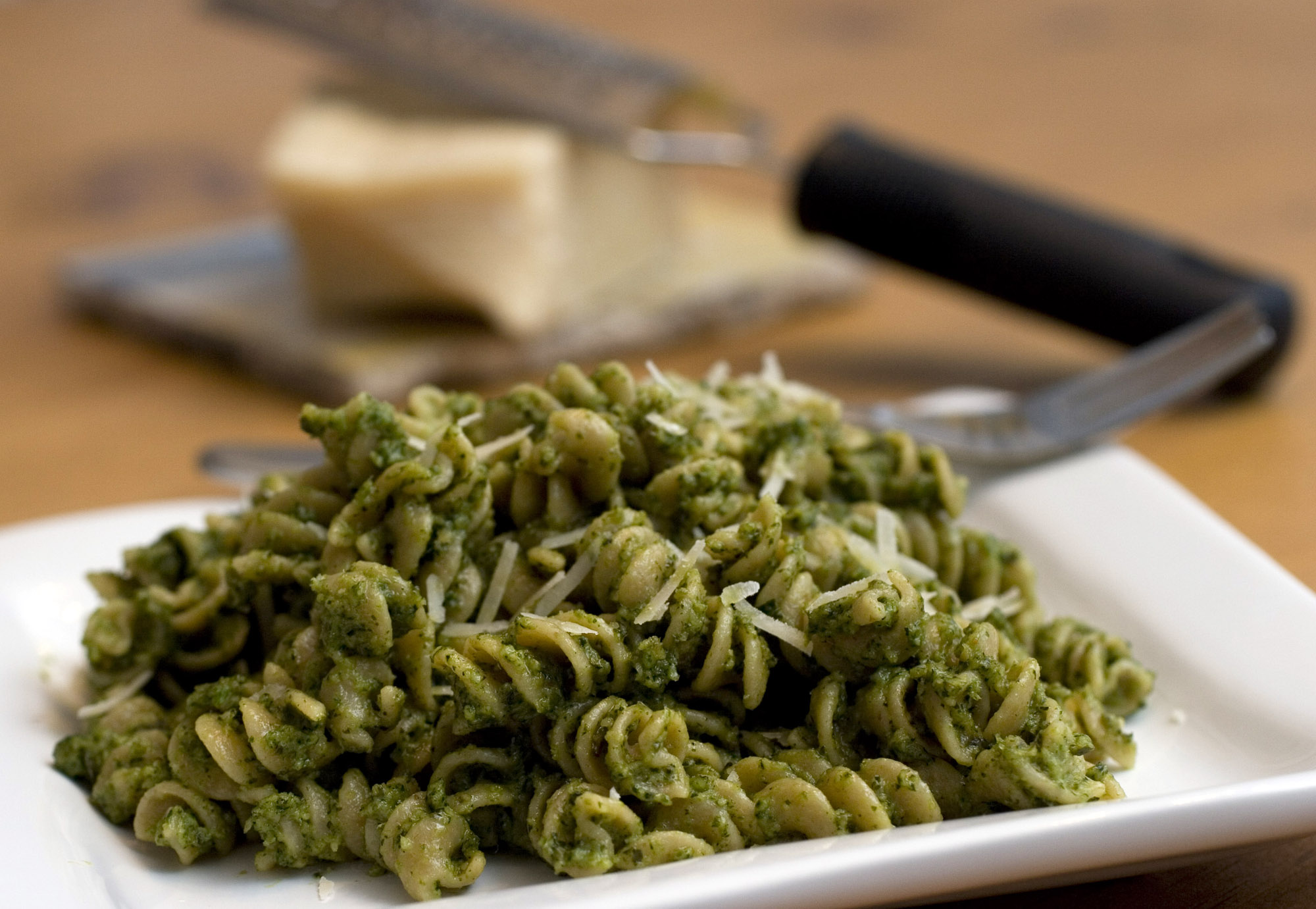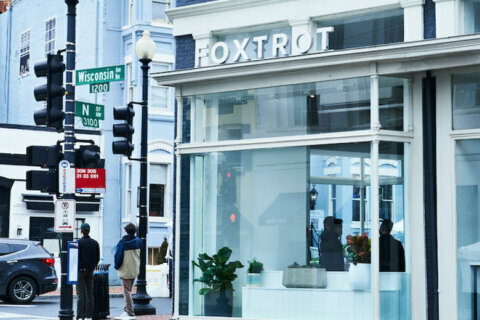WASHINGTON — Throwing away those overripe bananas and uneaten potatoes may do more harm than you think.
Each year, roughly one-third of the food produced for human consumption worldwide goes to waste, and in the U.S., most of it (95 percent) ends up in landfills.
According to the U.S. Environmental Protection Agency, discarded food reaches landfills and incinerators more than any other single material in everyday trash, and makes up about 20 percent of municipal solid waste. While there, it doesn’t break down and nourish the soil. Instead, it rots and produces methane, a greenhouse gas that contributes to global warming. (The EPA reports landfills are the third largest source of methane gas emissions in the U.S.)
Food waste happens at all levels of the food chain, including on the farm, in the store and at the restaurant. But everyday consumers are also to blame. Research shows the average American family throws away up to $2,200 of food each year.
“You have consumers that just overbuy products … or not do proper meal-planning, and as a natural consequence of that, they’ll just have food that goes uneaten or wasted,” said Steve Hamilton, professor of economics at Cal Poly San Luis Obispo.
In 2015, the EPA and U.S. Department of Agriculture announced a goal for a 50 percent reduction in food waste by 2030, prompting everyone from policy makers to tech startups to spring to action.
Hamilton, an economist, has studied a number of different possibilities that have the potential to impact food waste — including new technologies, clearer expiration labels and increased food prices — but said the area that holds a lot of promise is in the sharing economy.
In a paper published in the journal Food Policy, Hamilton and his colleague, Tim Richards, looked at apps that match those who have excess food to those who want or need it.
“These are generally two-sided networks, like Uber, where the demand for the service depends on the number of people supplying it. The more Uber drivers out there, the quicker your ride will be, the more you will use Uber. And from the supply side, the more consumers that use the app, the higher the value to joining the network,” said Hamilton, who recently presented his research at the Agricultural and Applied Economics annual meeting in D.C.
Imperfect Produce is one company Hamilton studied. It delivers produce that doesn’t meet grocery cosmetic standards to the customer’s door for 30 to 50 percent less than retail price. Between 2015 and 2017, its consumer base grew from 1,000 to 7,5000.
“There are foods that don’t make grade but are perfectly tasty, they just might be blemished or misshapen — the so-called ugly produce. And there’s a market for that, there’s a buyer,” Hamilton said.
“There might be a restaurant that likes the flavor characteristics of that product and doesn’t care about the appearance, because the consumer doesn’t see that, they see the prepared meal.”
Food Cowboy connects commercial companies with a surplus of food (distributors, wholesale markets and restaurants/caterers) to nonprofits who provide meals and groceries. Similarly, Waste No Food and Food Rescue US links food businesses to organizations that need it and volunteers who can deliver it.
“With the data we’ve looked at, there’s a lot of potential for apps like this to work,” Hamilton said.






